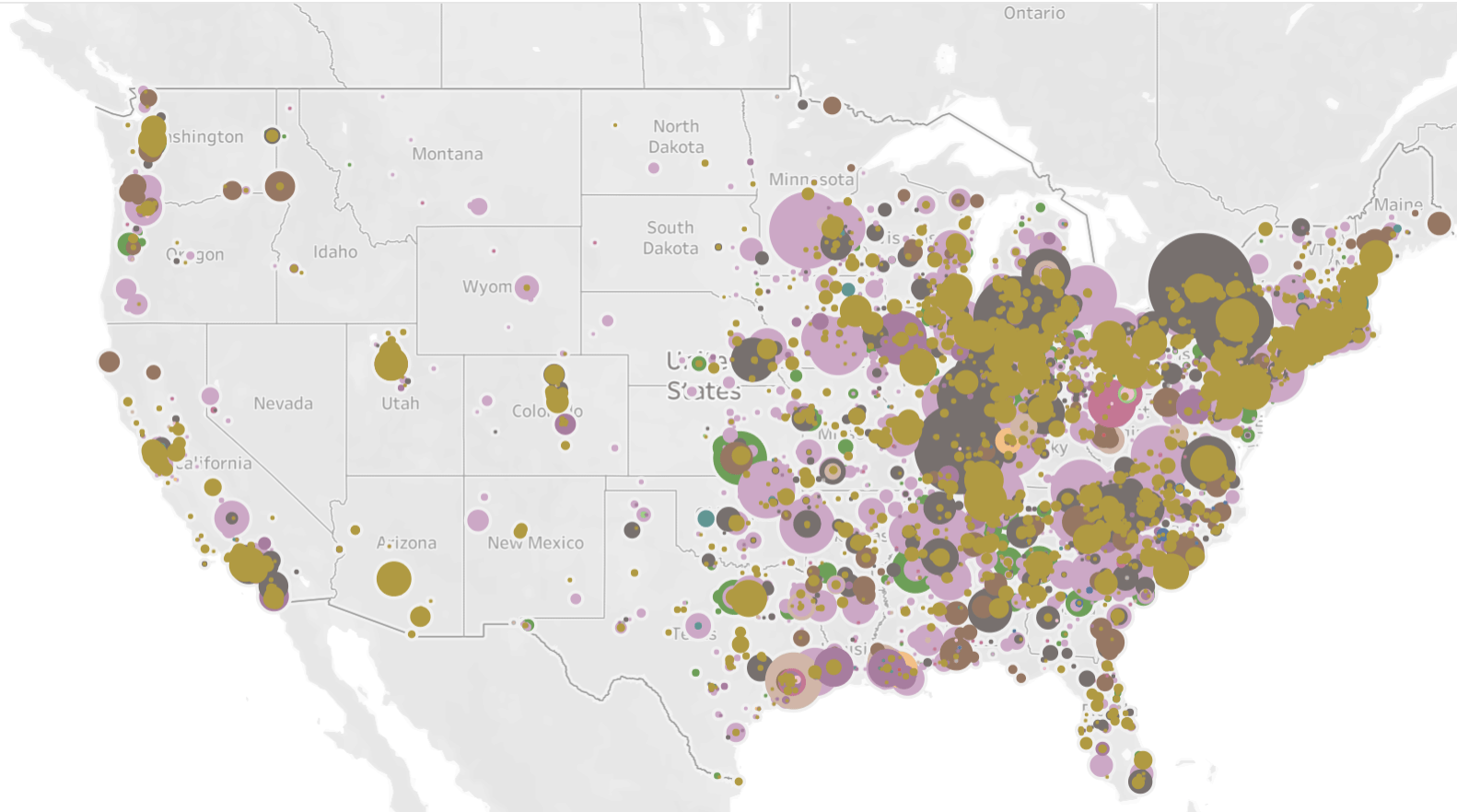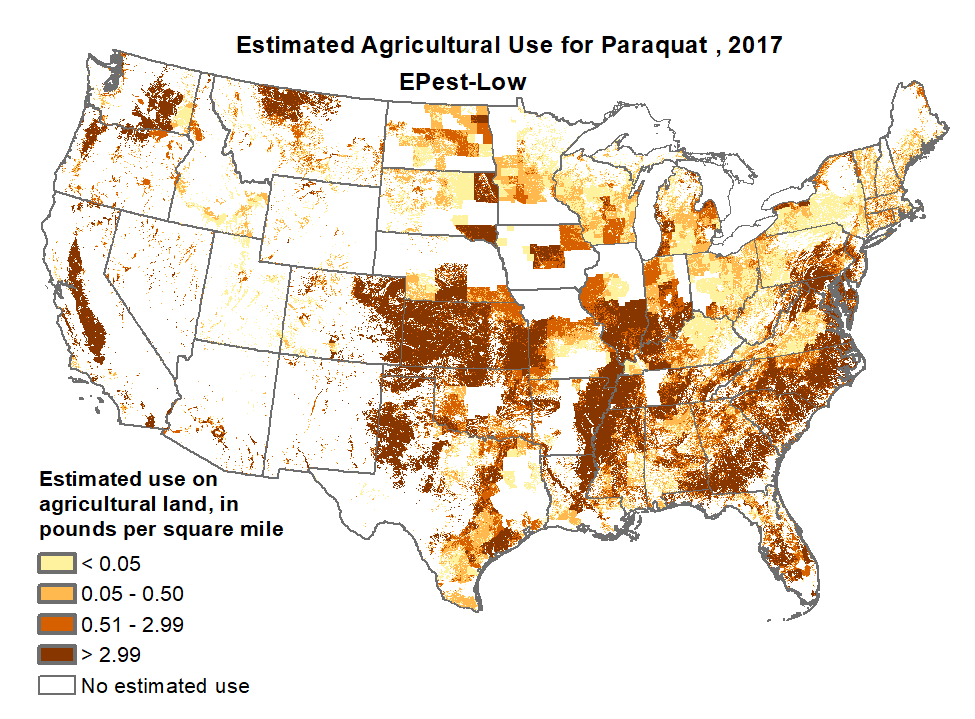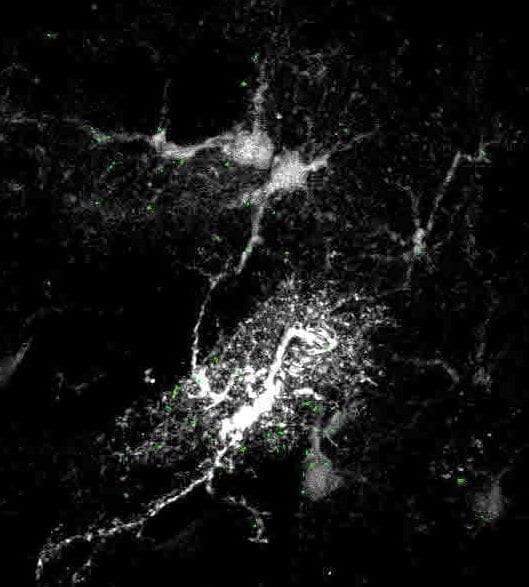De Miranda Lab
Environmental influence on neurologic disease and neurodegeneration
Research
Our lab studies the effects of environmental toxicants in the risk for Parkinson’s disease and related neurodegenerative conditions.
Our ultimate goal is to understand the pathology that drives selective toxicity of dopaminergic neurons to certain environmental contaminants, such as certain pesticides, metals, and organic solvents. By uncovering these mechanisms, we may better predict Parkinson’s disease risk, improve treatments, and work to mitigate environmental exposures with the most negative impact.
Highlighted Publications
Low-dose inhalation exposure to trichloroethylene induces dopaminergic neurodegeneration in rodents
Oral ingestion of the environmental toxicant trichloroethylene in rats induces alterations in the gut microbiome: relevance to idiopathic Parkinson’s disease
The industrial solvent trichloroethylene induces LRRK2 kinase activity and dopaminergic neurodegeneration in a rat model of Parkinson’s disease
Trichloroethylene, a ubiquitous environmental contaminant in the risk for Parkinson’s disease
Sex differences in rotenone sensitivity reflect the male-to-female ratio in human Parkinson’s disease incidence

Gene-Environment Interaction in
Parkinson’s disease
Parkinson’s disease etiology exists on a spectrum. Some Parkinson’s disease cases appear to be purely inherited (genetic), and others are likely a result of direct chemical or pathogen exposure (environment). Most (approximately 85%) are a result of gene-environment interaction. The type of exposure or underlying vulnerability might also drive disease phenotype.
Organic Solvents
Organic solvents are a type of industrial byproduct implicated in neurotoxicity. Solvents may be used in factories, chemical production sites, dry cleaners, or sold for commercial use. Some organic solvents, such as the chlorinated solvent trichloroethylene (TCE), are associated with increased Parkinson’s disease risk, particularly for those who live in areas of high contamination.
The map at the right shows the location and estimated amount of all chlorinated solvents and toluene that were released into the environment in 1987. Many of these compounds are still in the environment today.
Data: Toxics Release Inventory (TRI) US EPA. Map generated with Tableau.


Pesticides
Many pesticides have been linked to Parkinson’s disease risk, from the historical use of Agent Orange (contaminated with TCDD) to the organic pesticide rotenone. Paraquat is a widely used herbicide in the United States. Individuals exposed to paraquat have approximately 2-3x greater risk of developing Parkinson’s disease.
The map to the left is courtsey of the US Geological Survey (USGS). Explore more about pesticide use in the US on the USGS website.
Common Mechanisms of Neurotoxicity
To better understand how certain environmental contaminants increase risk for Parkinson’s disease, the De Miranda Lab is currently studying common mechanisms of neurodegeneration from toxicant exposure. For example, mitochondrial dysfunction caused by the pesticides rotenone and paraquat, the solvent TCE, and the heavy metal mangangese, is likely a convergence point of toxicity in dopaminergic neurons.
